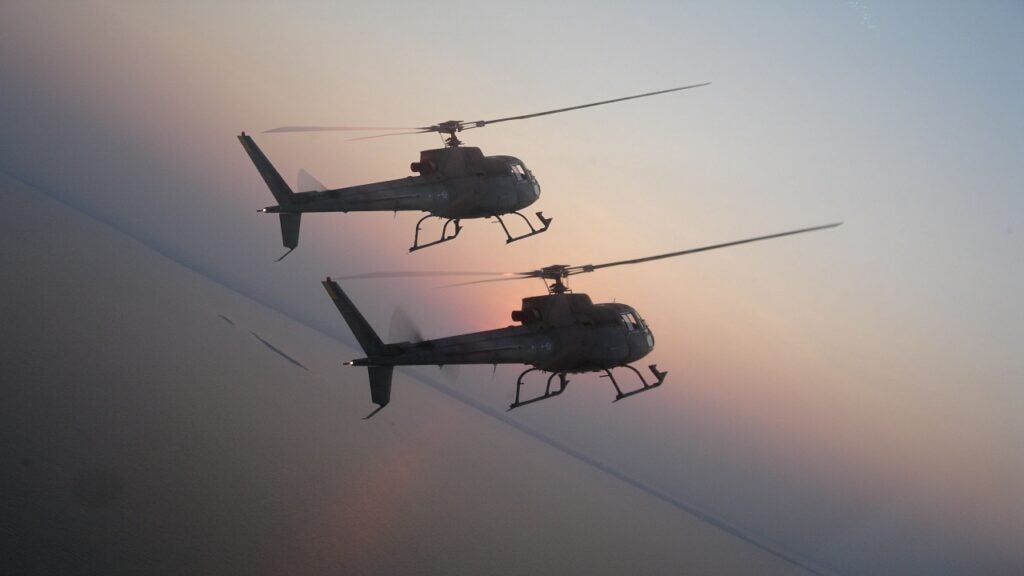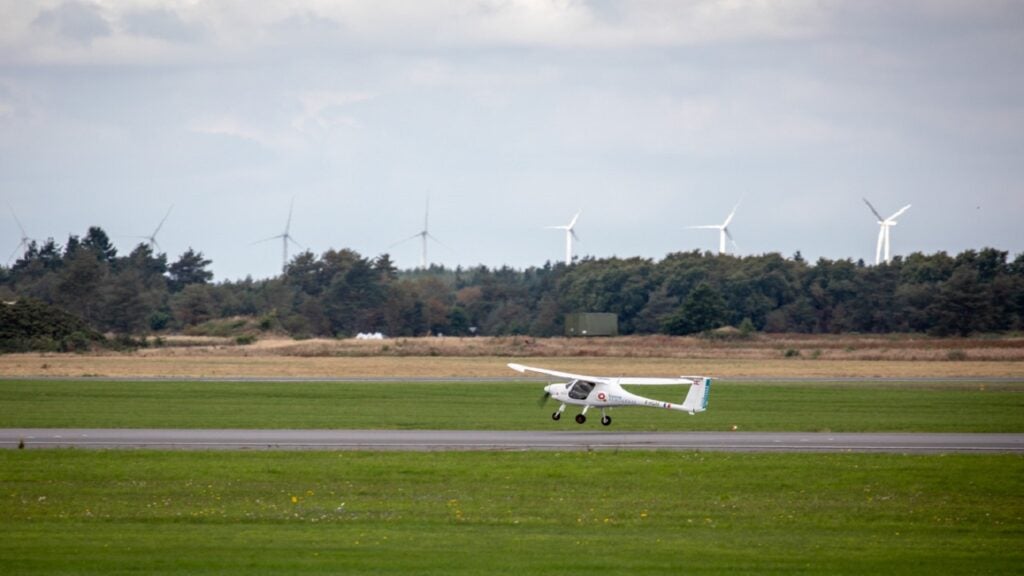M-345 is a basic-advanced, lightweight trainer jet developed by Alenia Aermacchi for the basic-advanced stage of pilot training. The new aircraft is designed to meet various training requirements of armed forces worldwide.
Based on developments on the M-311 demonstrator, the cost-effective M-345 trainer offers reduced acquisition and lifecycle costs in comparison to heavyweight turboprop trainers.
The maiden flight of M-345 was conducted in December 2016.
M-345 HET (High Efficiency Trainer) variant
M-345 HET is an advanced version of the M-345 jet trainer. Alenia Aermacchi and the Secretariat General of Defence/National Armaments Directorate of the Italian Ministry of Defence signed an agreement in June 2013 to jointly develop the M-345 HET.
By 2020, the M-345 variant will replace the ageing fleet of MB-339 aircraft currently in service with the Italian Air Force.
The Italian Air Force placed a €300m ($338.5m) order for 13 additional aircraft in June 2019. The first aircraft delivery is expected to take place in 2020.
Design features and technical details of M-345 trainer jet
M-345 is a light, tandem twin-seat shoulder wing aircraft. The strengthened airframe offers fatigue life of 15,000 flight hours. It integrates a retractable tricycle landing gear and a single turbofan engine.
Improved features of the M-345 include integrated pressure refuelling and a two-level maintenance concept, which minimises operating costs. Together with the trainer jet’s on-board oxygen generating system (OBOGS), operators can reduce the manpower required for ground maintenance, and turnaround times to conduct more sorties a day.
The M-345 has an overall length of 9.85m, a wingspan of 8.47m, and a height of 3.74m. The aircraft has an empty weight of 3,300kg, a maximum take-off weight of 4,500kg, and a wing area of 12.6m². The external load carrying capability makes the M-345 suitable for secondary missions.
M-345 cockpit and avionics
M-345’s advanced glass cockpit can accommodate two crew members in tandem configuration.
The fully digital glass cockpit is equipped with hands on throttle-and-stick (HOTAS) controls and three 5in x 7in LCD multi-function displays (MFDs) for instructors and student pilots.
The forward cockpit is fitted with a head up display (HUD), while the rear cockpit is installed with a HUD repeater.
Cockpit features include night vision goggles (NVGs) compatibility, along with an integrated global positioning system (GPS) or inertial navigation system (INS), digital moving map, and two mission computers.
The trainer jet is also equipped with an embedded tactical simulation suite that was successfully integrated on the MB-339 and M-346 advanced trainers produced by Alenia Aermacchi. The aircraft also integrates a stores management system (SMS).
Similarities between the M-345 and M-346 cockpits and the respective training syllabuses also ensure interoperability during joint training operations.
M-345 engine details
M-345 is powered by a turbofan engine developing a maximum thrust of 1,600kg (3,500lb) at take-off. Fuel is supplied by an internal tank with a storage capacity of 700kg.
The new M-345 HET is powered by Williams International’s FJ44-4M engine, which offers increased fuel efficiency.
The health and usage monitoring system (HUMS) aboard the aircraft provides information on the structure, engine, and other systems to monitor the operational status of each single component/system.
Performance of the M-345 trainer aircraft
M-345 trainer can fly at a cruise speed of 420KTAS. The certified service ceiling of the aircraft is 40,000ft.
The aircraft has a rate of climb of 5,400ft/min. It can reach a distance of 840nm, but the ferry range can be extended to 1,100nm by integrating two external tanks (10% reserve).
The aircraft has limit load factors of +7/-3.5g at 3,300kg take-off weight. The lengths of ground run required for take-off and landing of the aircraft are 460m and 450m, respectively.
Related projects
Javelin Advanced Jet Trainer (AJT), United States of America
In 2004, Israel Aircraft Industries (IAI) and Aviation Technology Group Inc (ATG) announced an agreement to develop and produce the two-seat Javelin family of military jet trainers – the Javelin Mk-20 and the Javelin Mk-30.
MB-339 Jet Trainer, Italy
The MB-339 jet trainer, produced by Alenia Aermacchi SpA of Varese, Italy, has been widely exported and is in service with the air forces of Argentina, Dubai, Eritrea, Ghana, Italy, Malaysia, New Zealand, Nigeria and Peru
The Global Military Aircraft Market 2011-2021
This project forms part of our recent analysis and forecasts of the global Military Aircraft market available from our business information platform Strategic Defence Intelligence. For more information click here or contact us: EMEA: +44 20 7936 6783; Americas: +1 415 439 4914; Asia Pacific: +61 2 9947 9709 or via email.

.gif)


